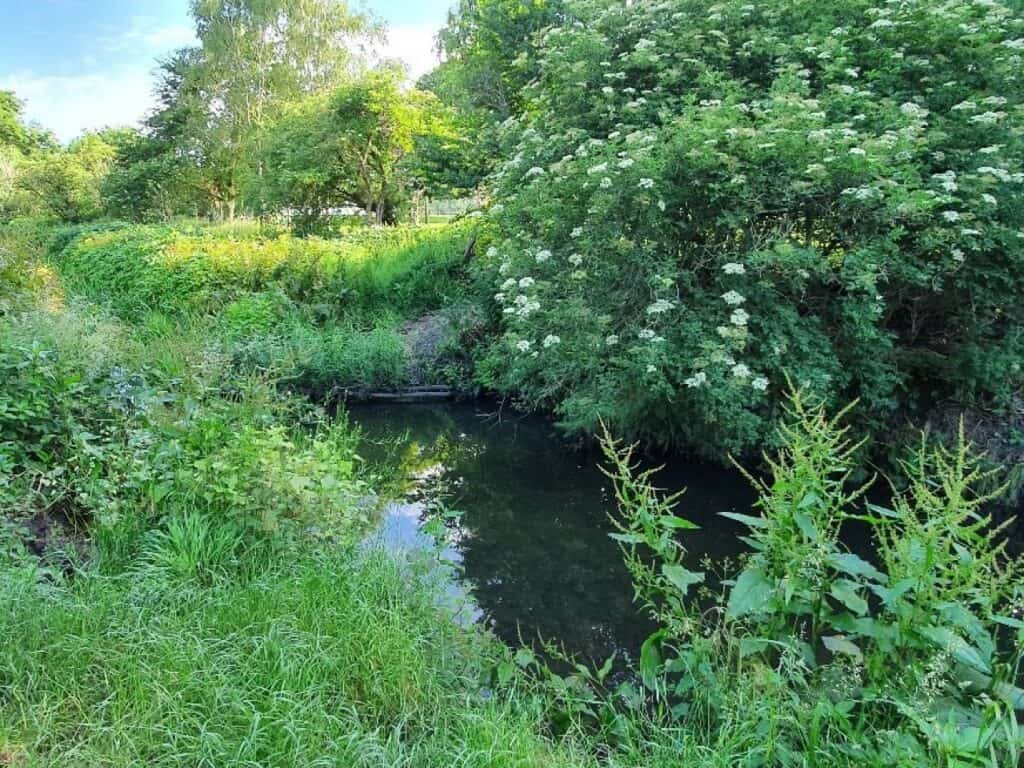Exciting update: Hogsmill River restoration work is complete!
We’re thrilled to announce that the main restoration works on the Hogsmill River are complete! These transformative changes are already making a big difference, bringing back the variety of flows and habitats this beautiful river was missing.
We’ve repaired the riverside footpath, tidied up the area, and prepared it for everyone to enjoy. We’re delighted to share that the footpath will be open over the Christmas period, just in time for festive strolls!
A big thank you to the local community
We’re incredibly grateful for your patience and understanding during this project. Unpredictable weather caused some delays, and we recognise the disruption this may have caused for local park users. Our team has worked tirelessly to wrap things up as quickly as possible, ensuring that the footpath is completed to a high standard.
As the area settles, some additional tweaks may be needed, and we will continue to monitor and maintain the site to ensure its long-term success. You might notice some muddy patches along the riverbanks and other parts of the park where plants once grew. Don’t worry—spring will bring a burst of new growth! The restored river channel will soon flourish with vibrant vegetation, and areas currently fenced off are being given time to recover.
What’s next?
Looking ahead, we’re planning more restoration and planting activities in 2025 to enhance the Hogsmill’s beauty and biodiversity even further. There will be plenty of opportunities for the community to get involved—keep an eye on our events page to learn how you can join us in making the Hogsmill even better.
You might also spot some wood piles in the park. These will be repurposed for future volunteer river restoration projects, dead hedging, or habitat creation to support local wildlife.
Together for a healthier Hogsmill
Thank you for your patience and support as we finish this exciting project. Together, we’re creating a healthier, more vibrant Hogsmill River for everyone to enjoy.


